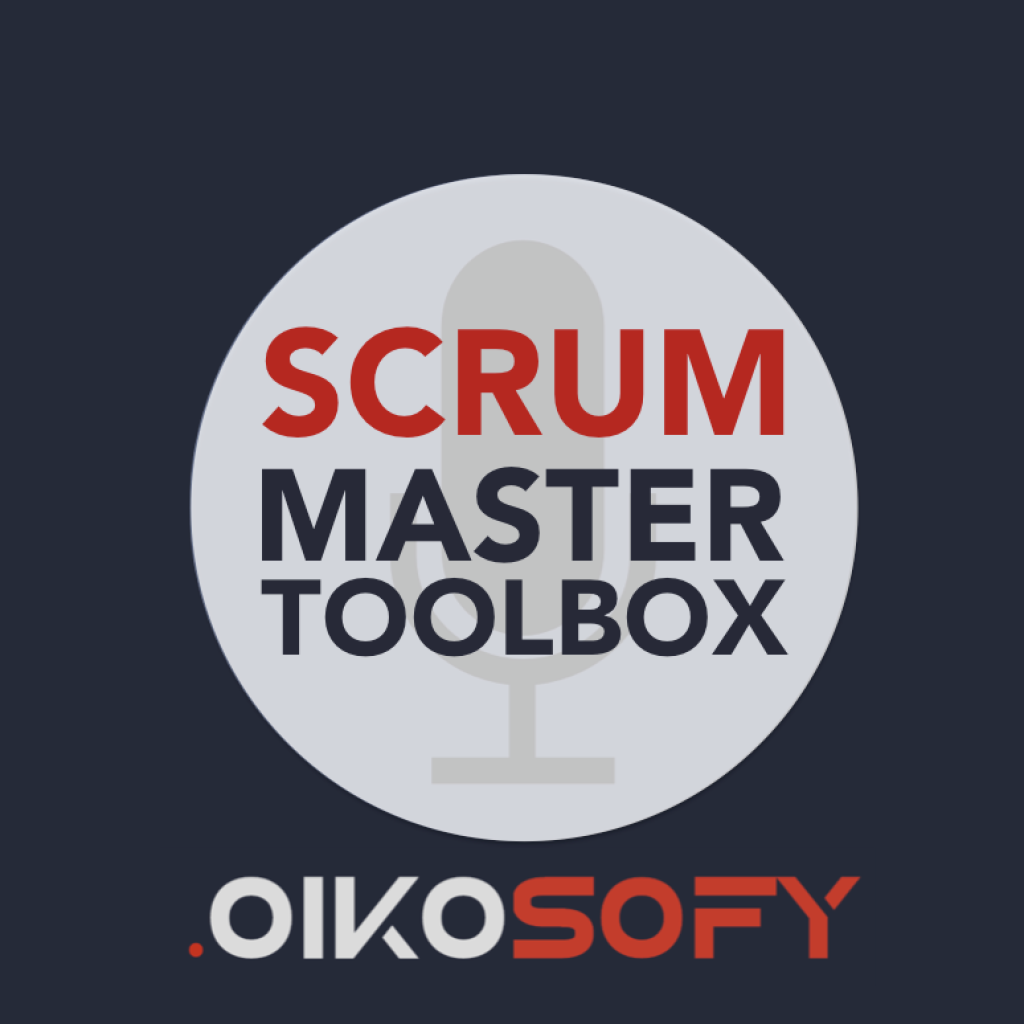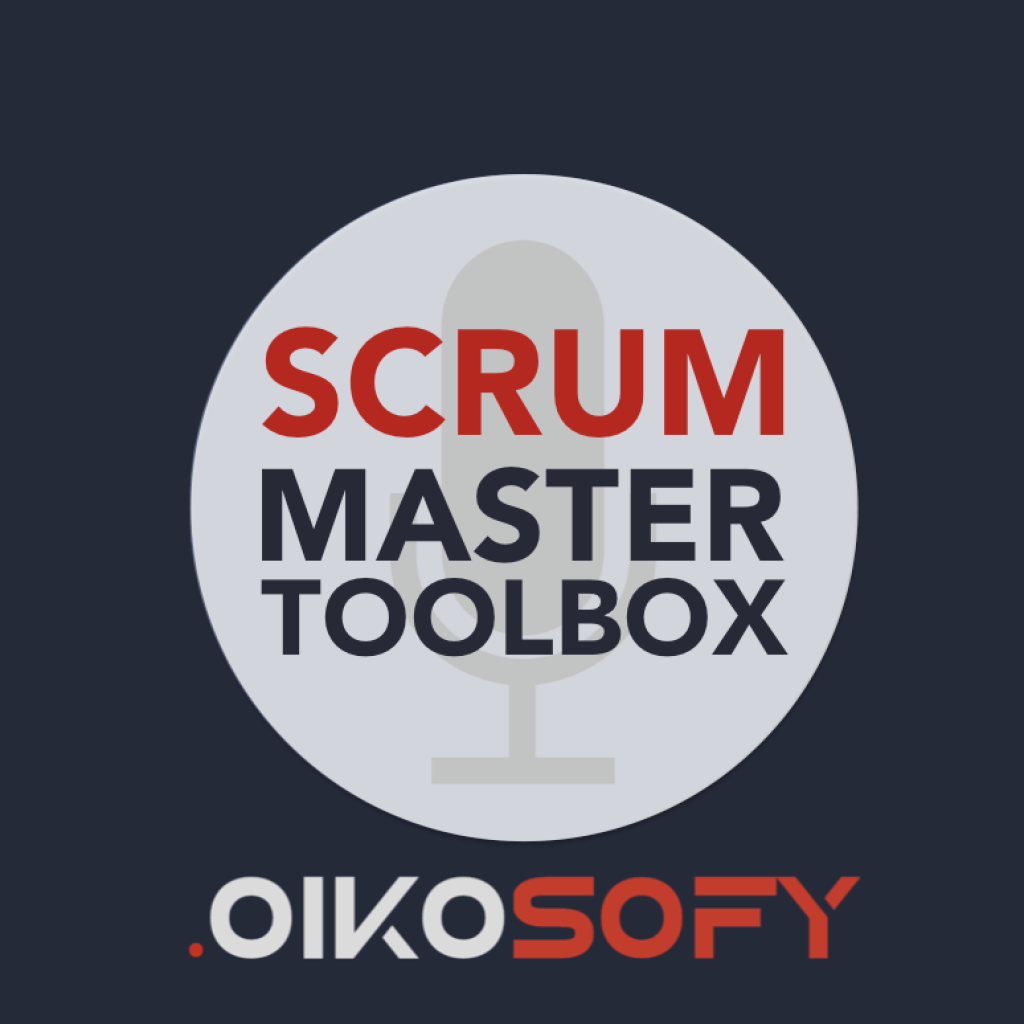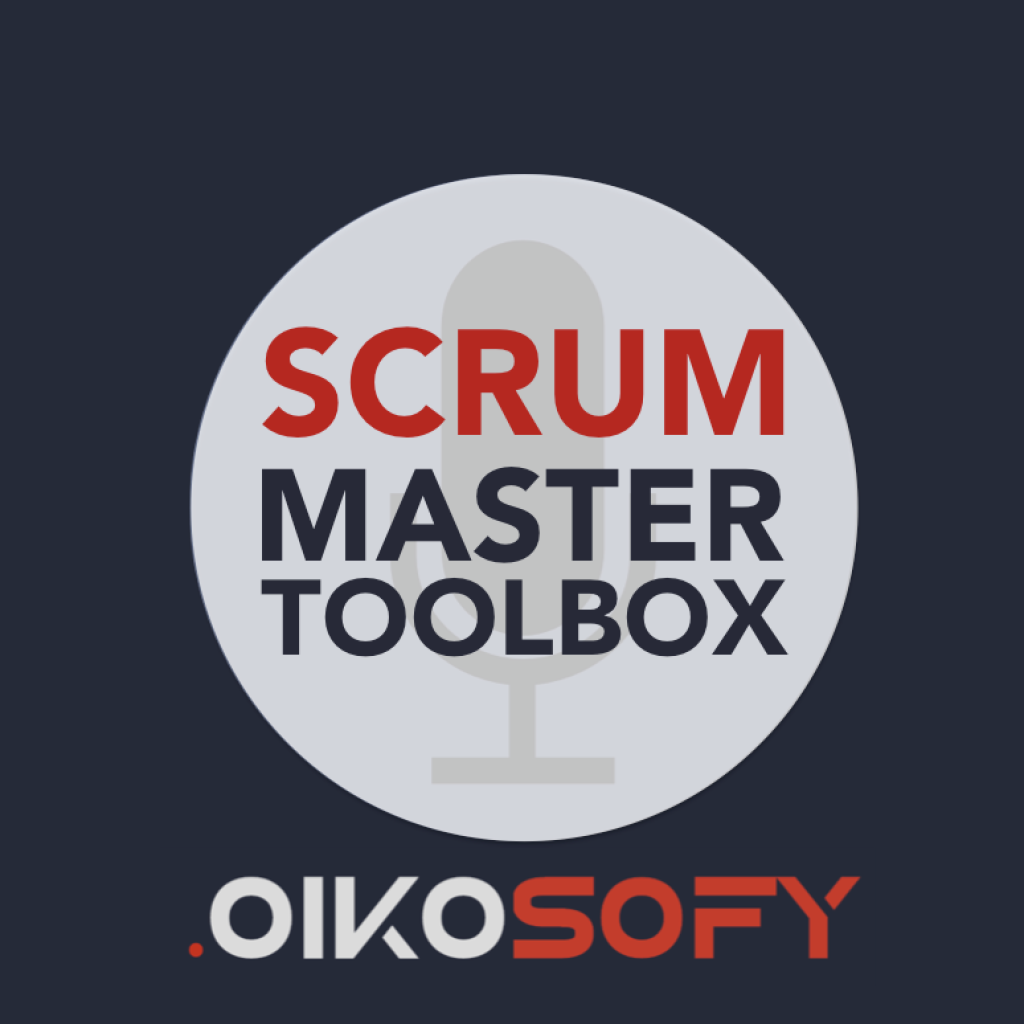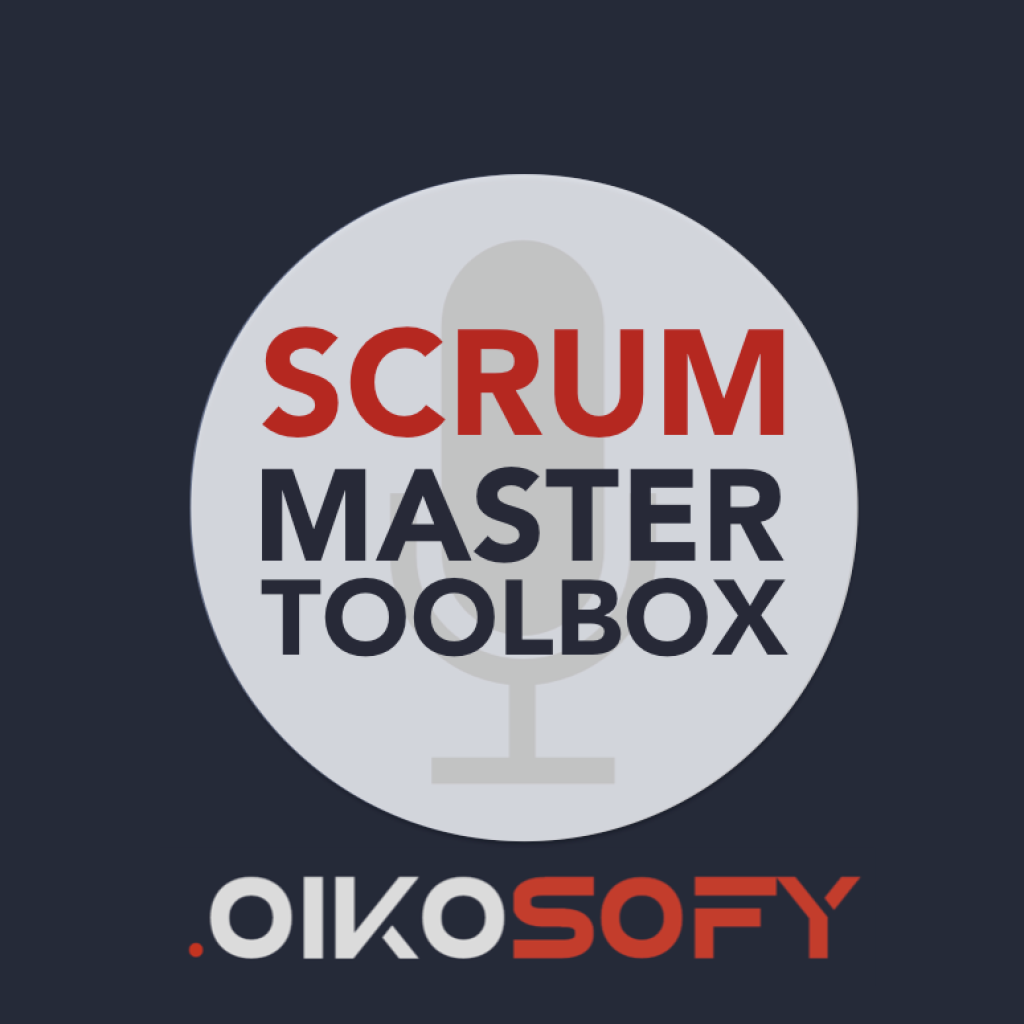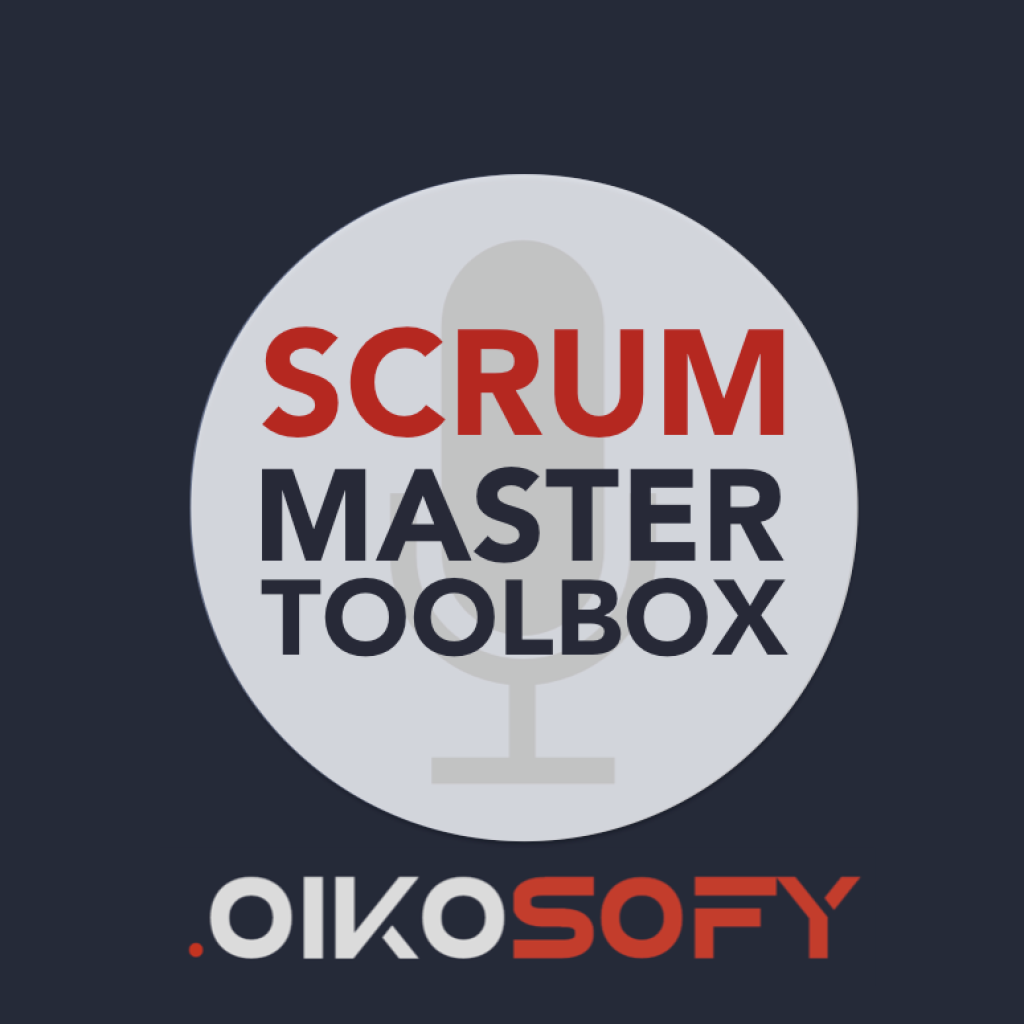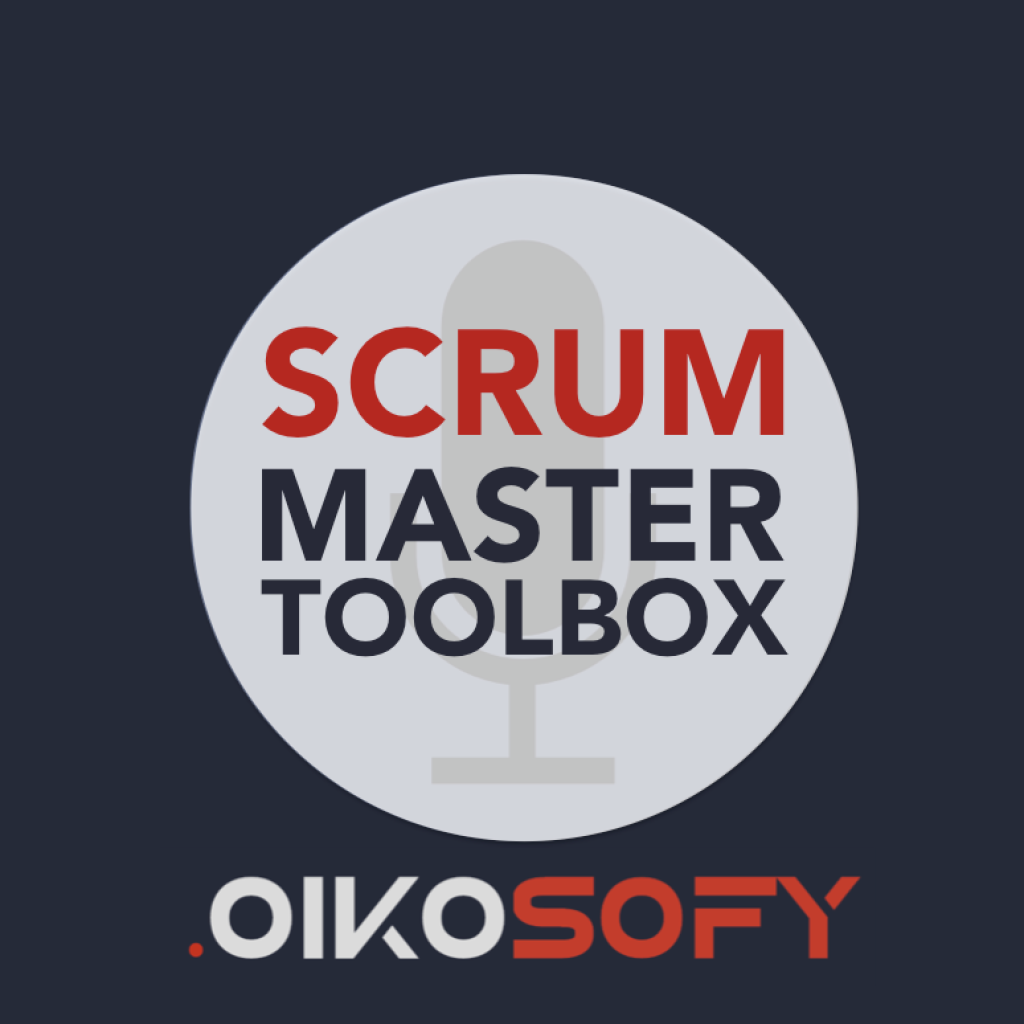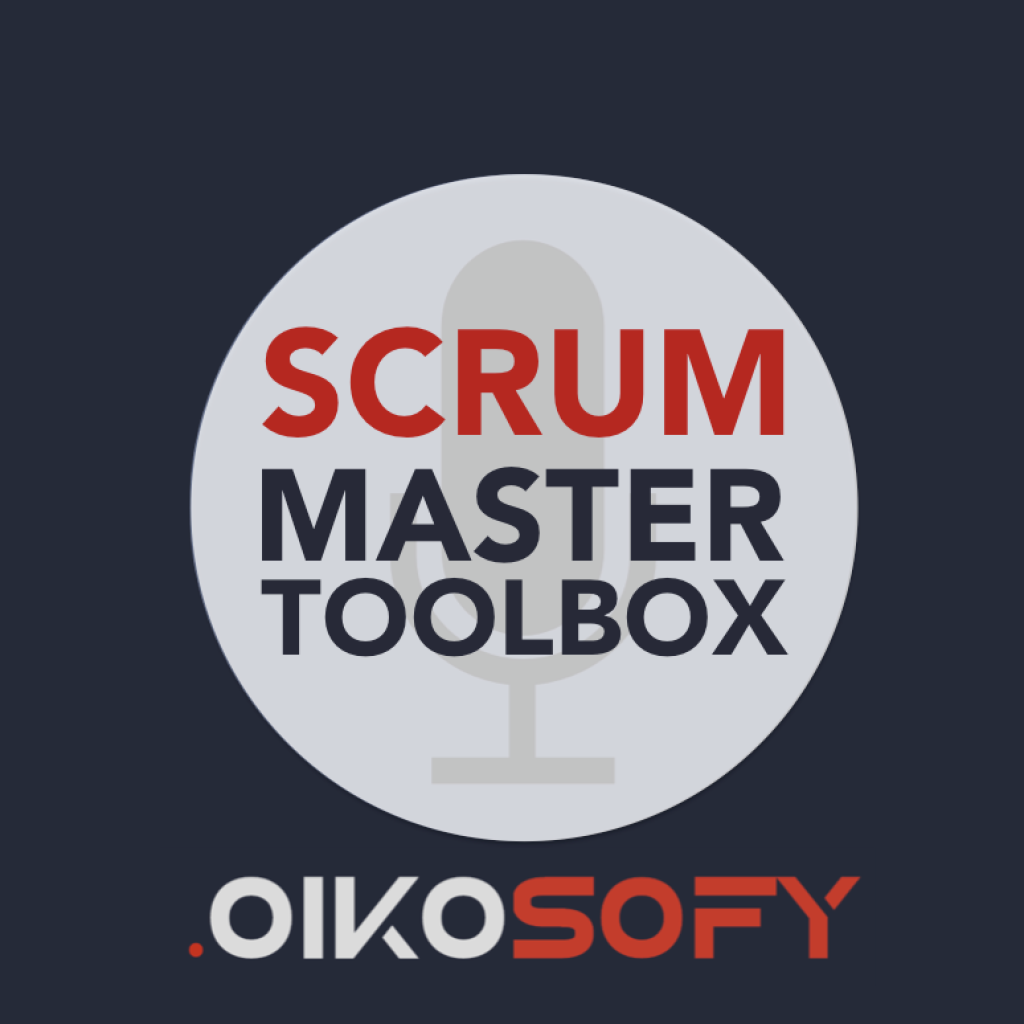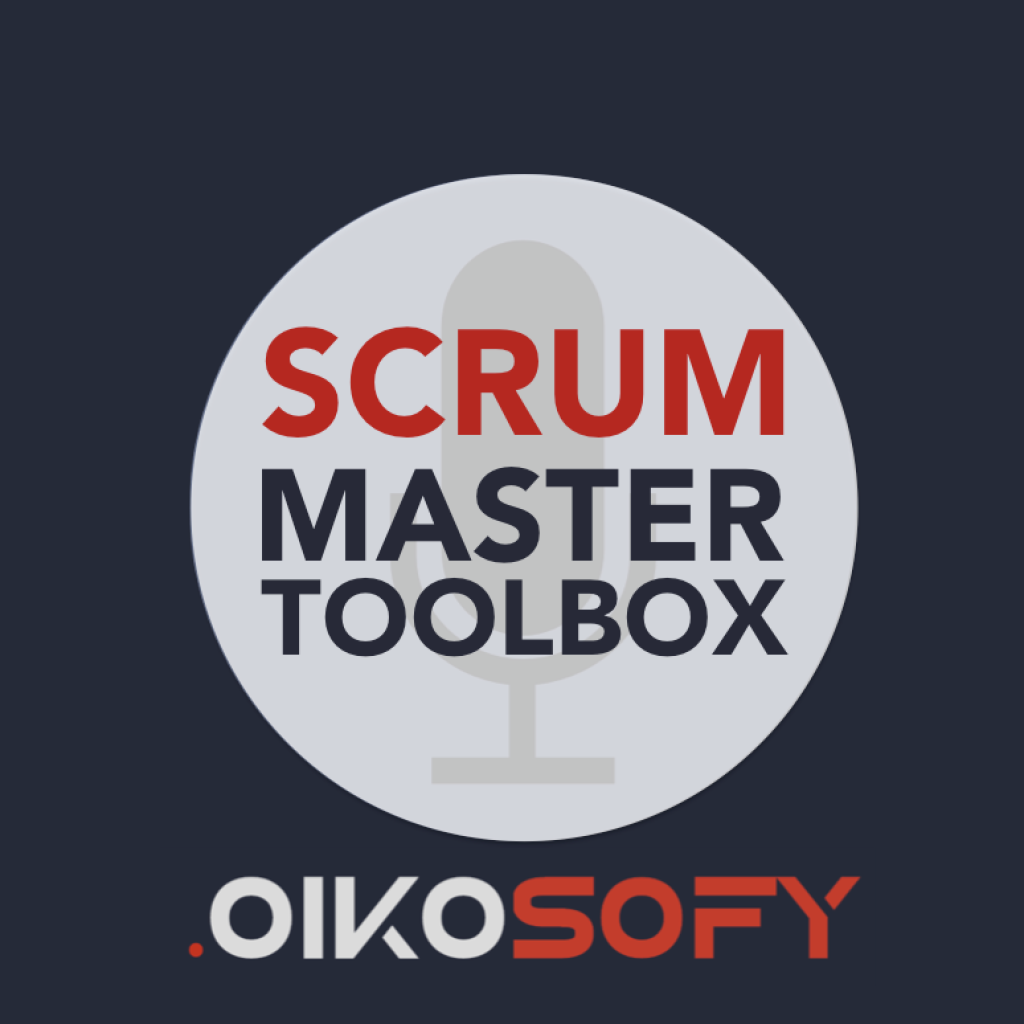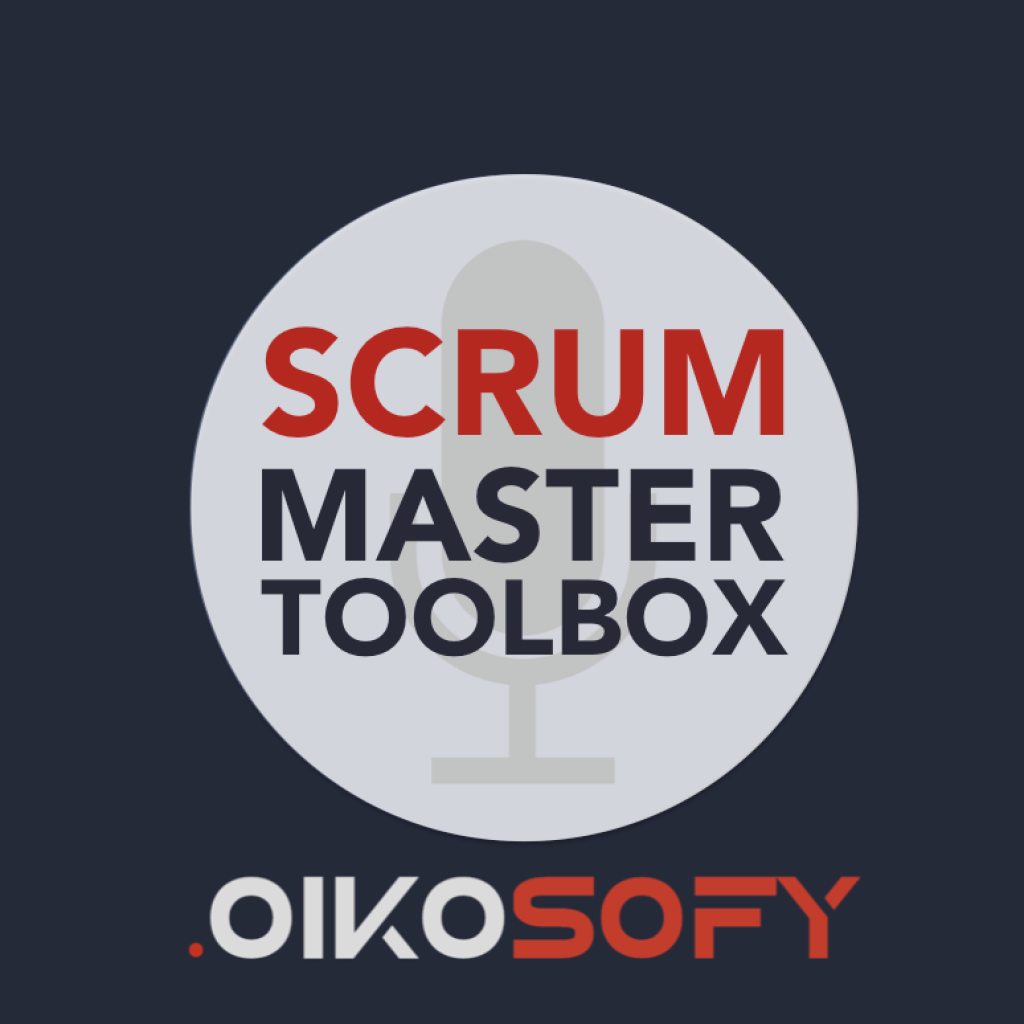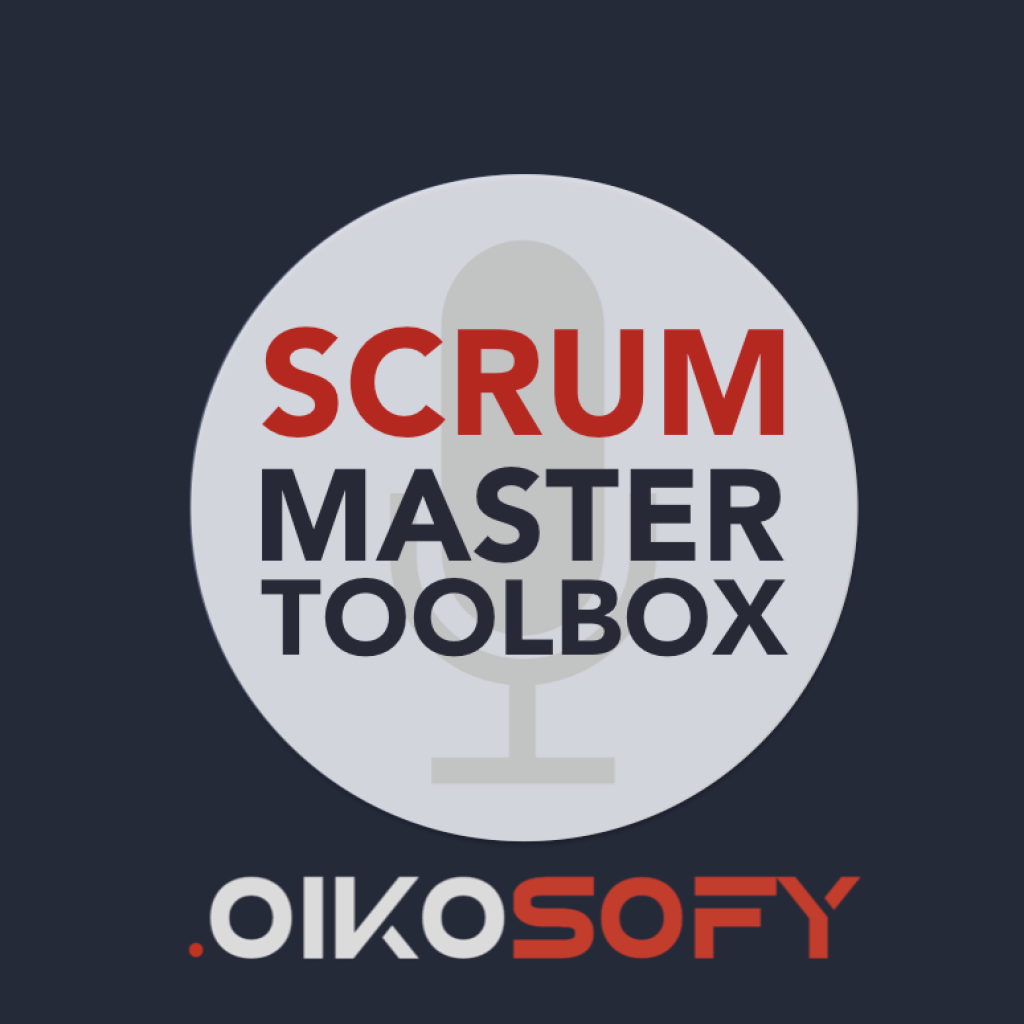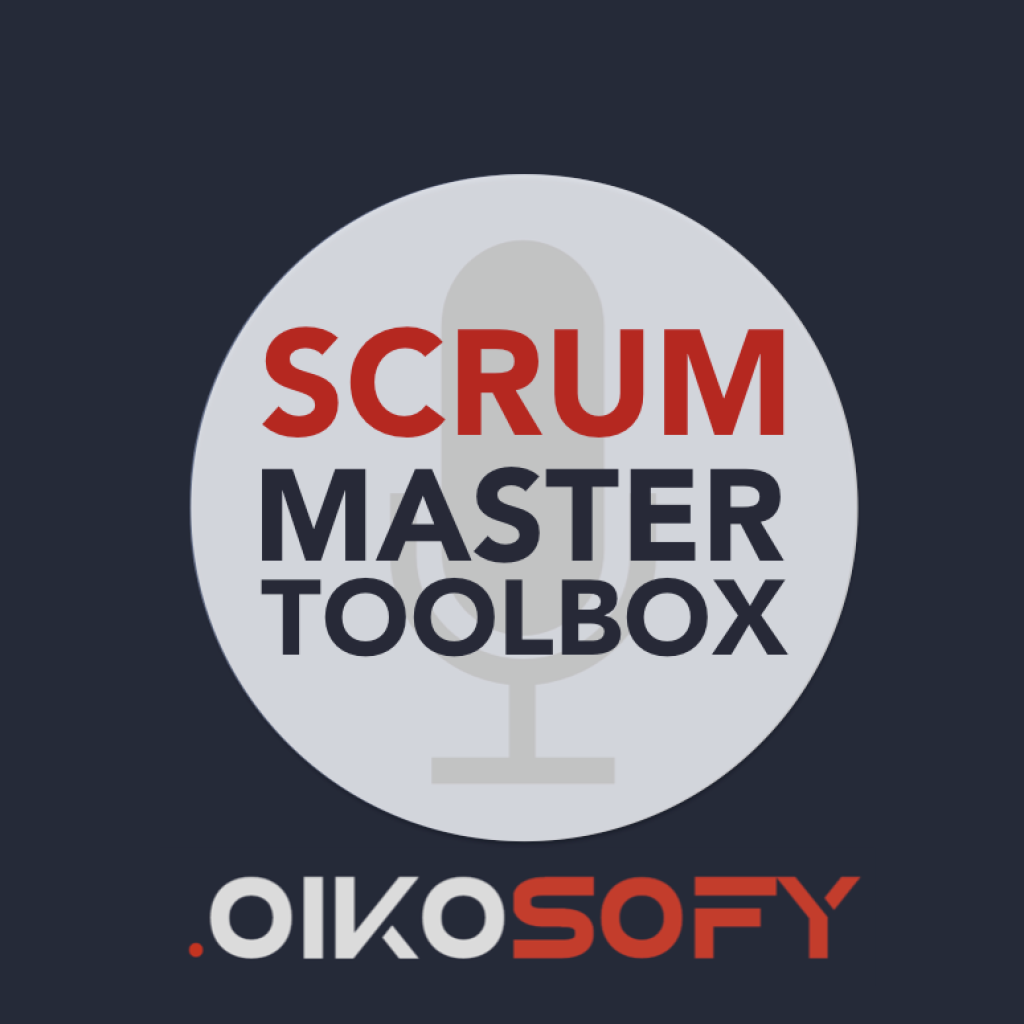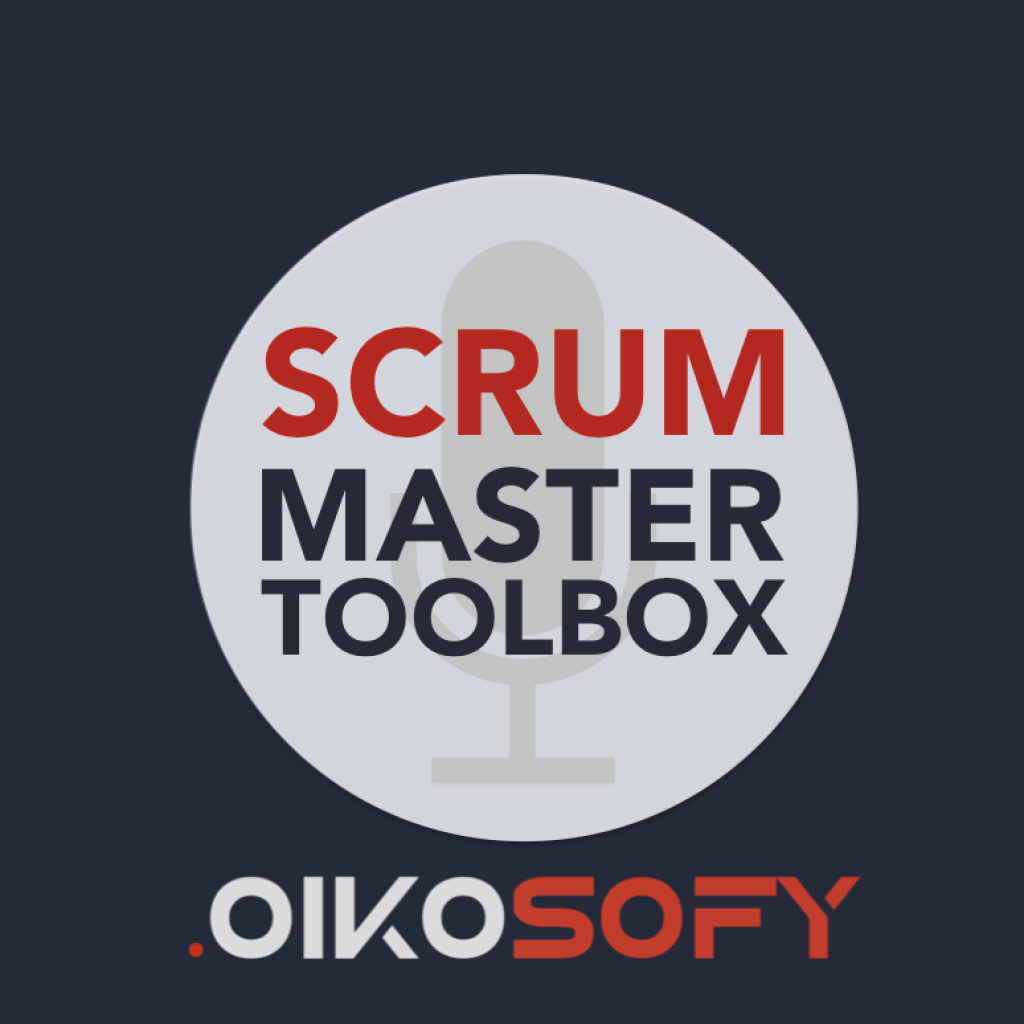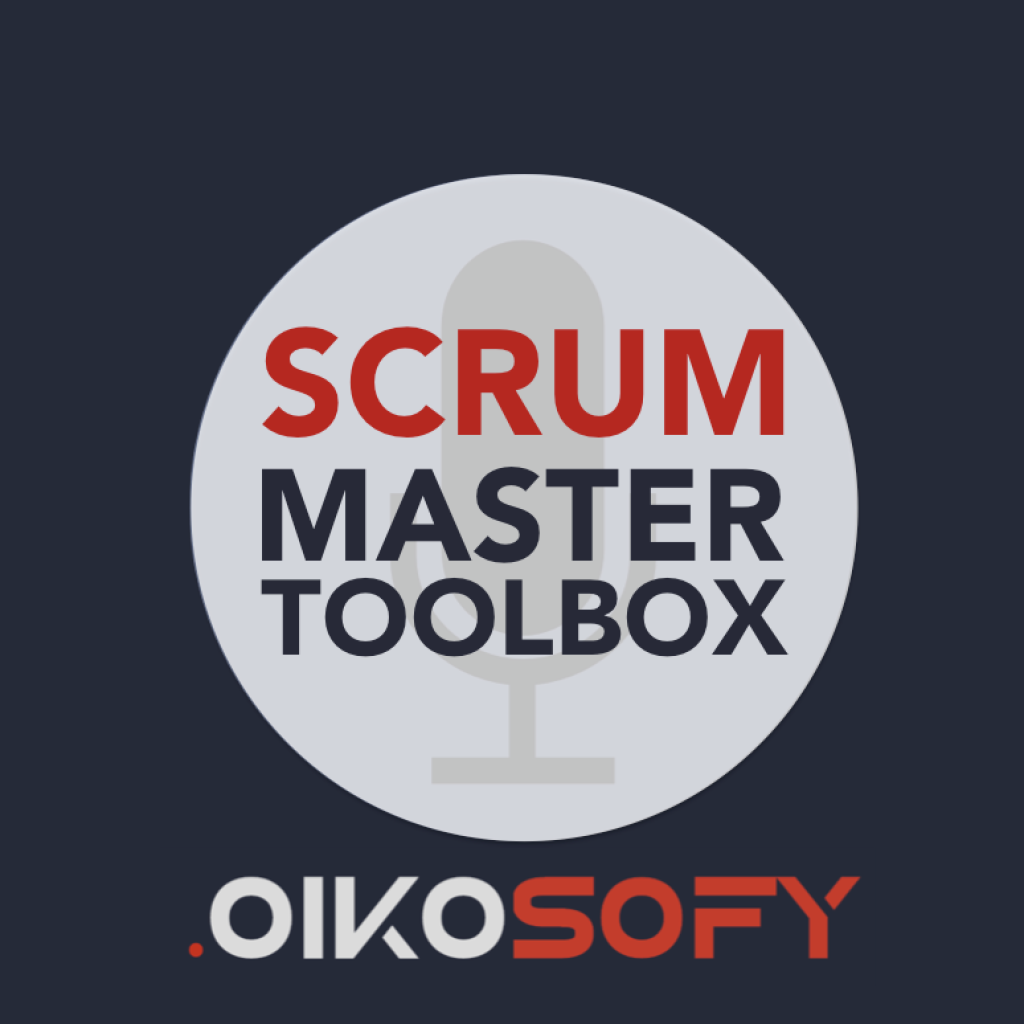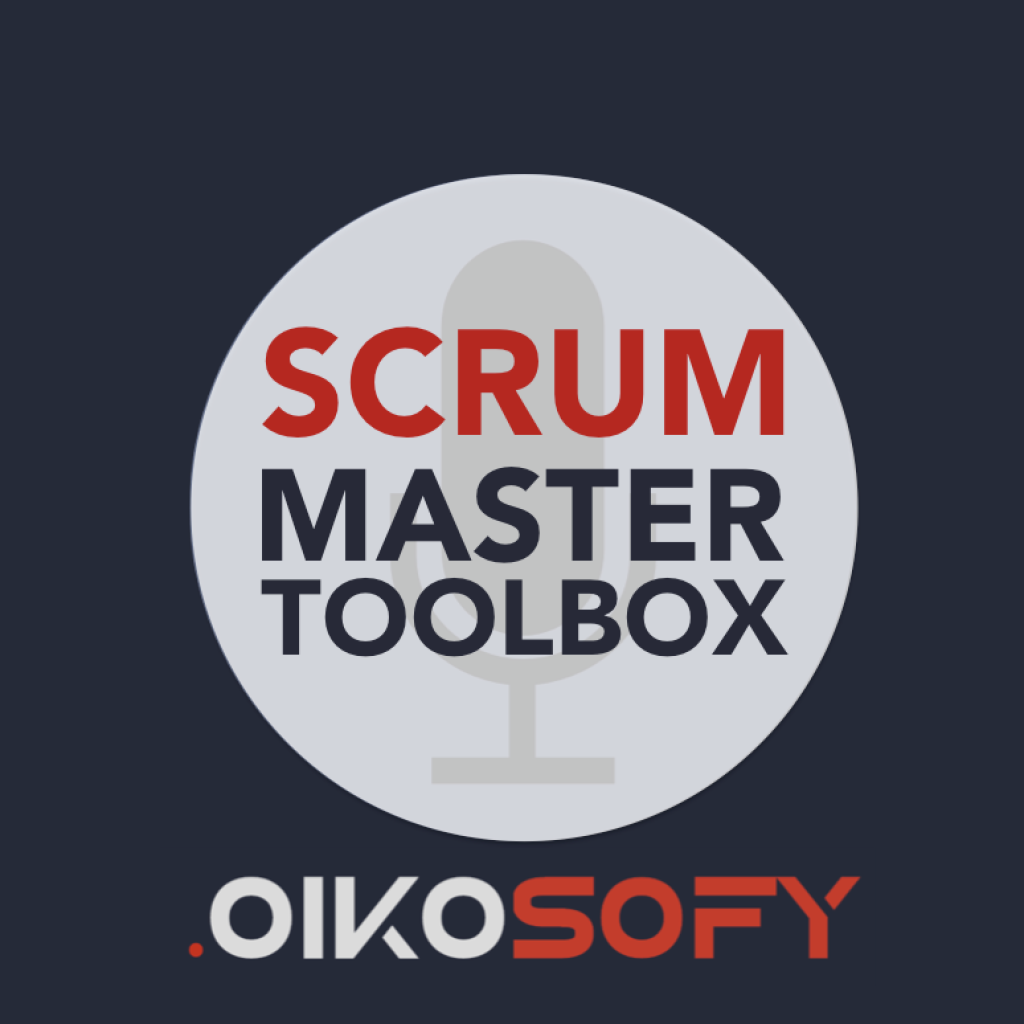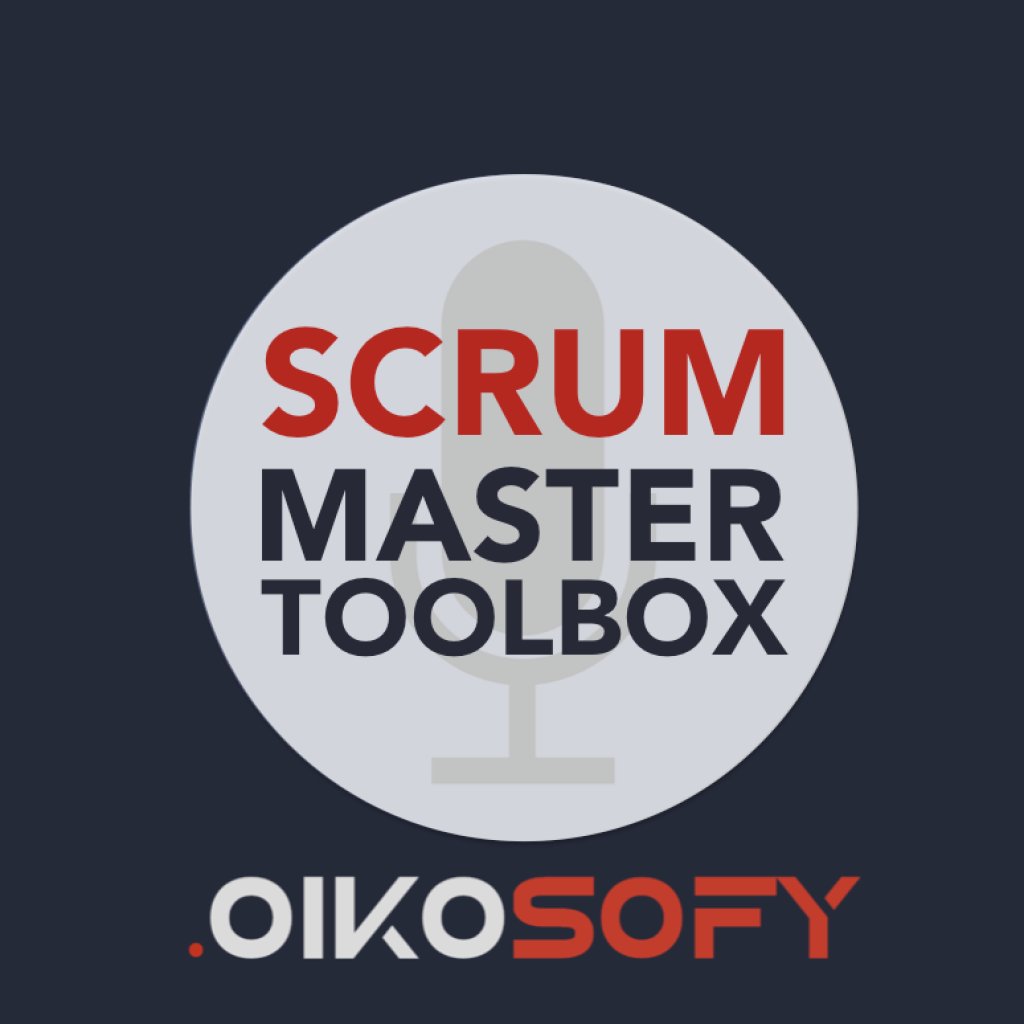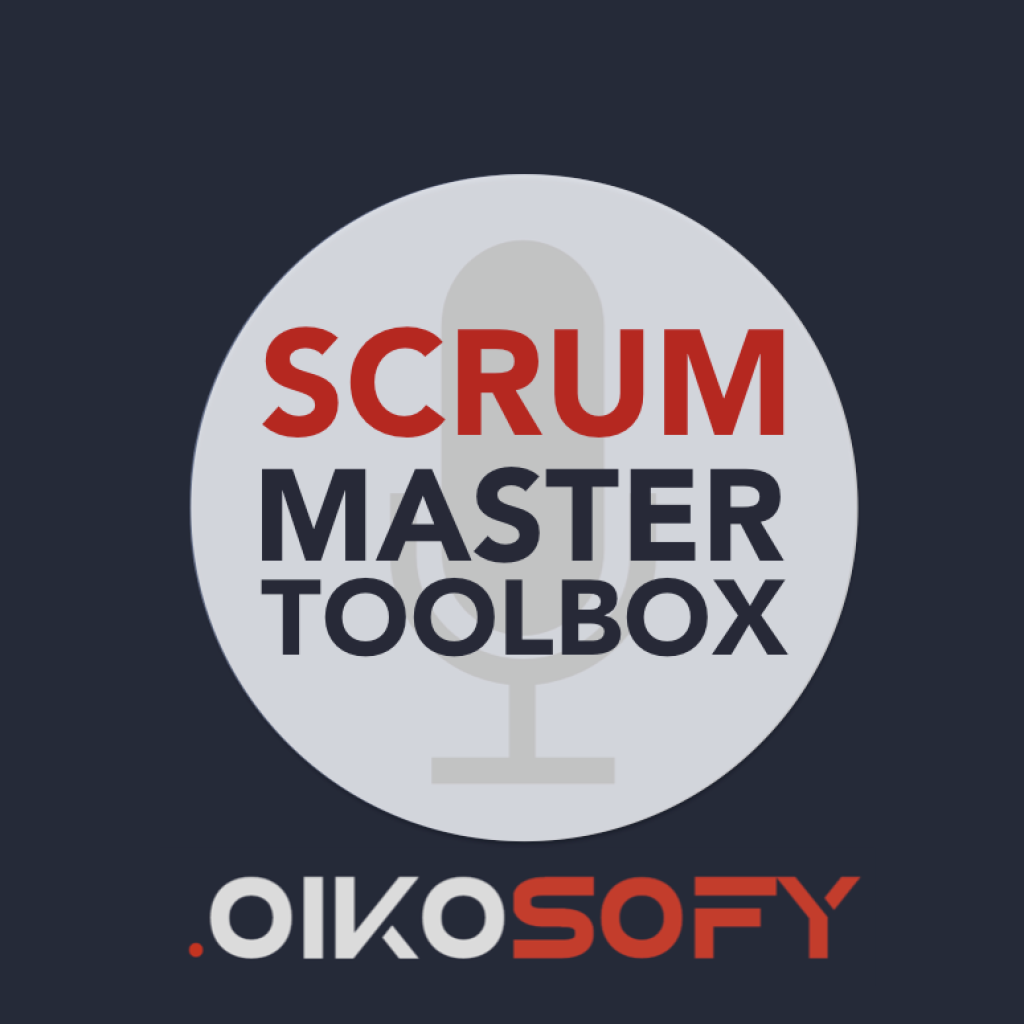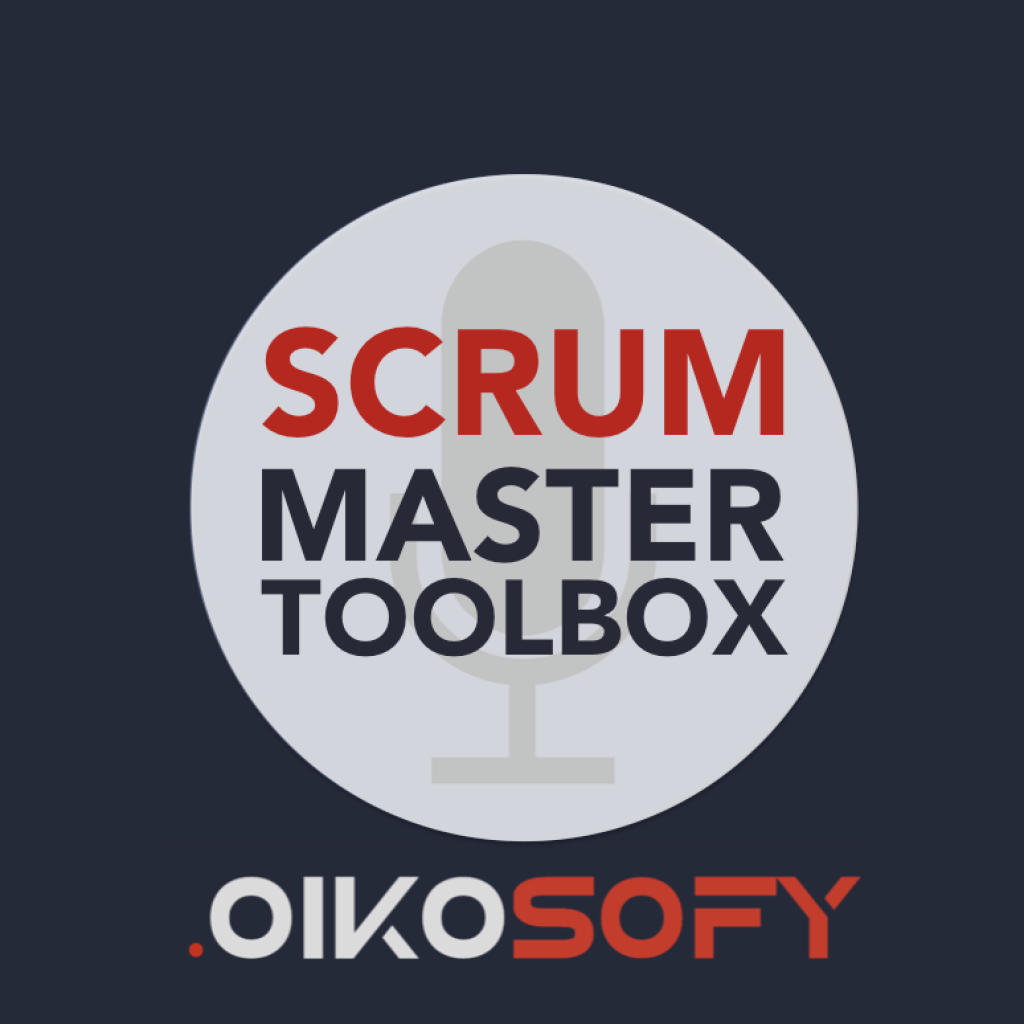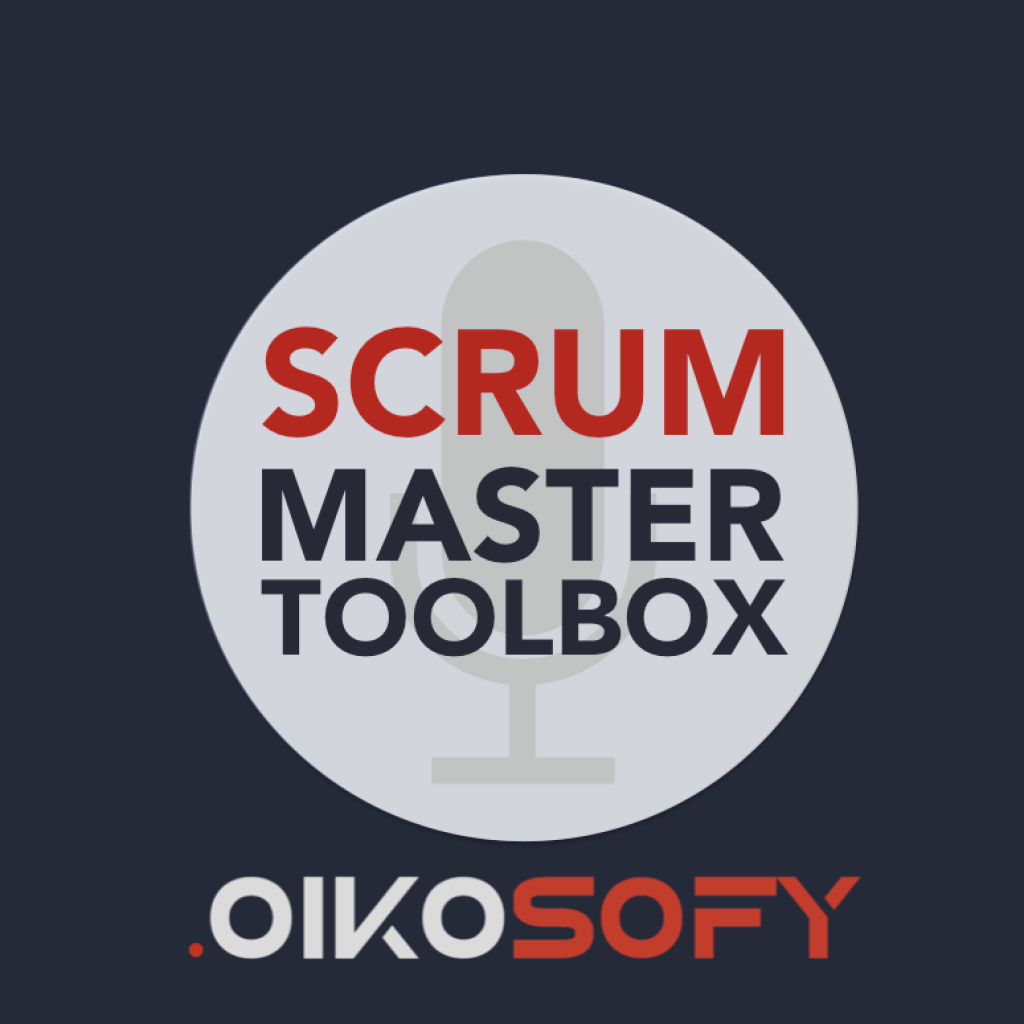BONUS: The Evolution of Agile - From Project Management to Adaptive Intelligence | Mario Aiello
Description
BONUS: The Evolution of Agile - From Project Management to Adaptive Intelligence, With Mario Aiello
In this BONUS episode, we explore the remarkable journey of Mario Aiello, a veteran agility thinker who has witnessed and shaped the evolution of Agile from its earliest days. Now freshly retired, Mario shares decades of hard-won insights about what works, what doesn't, and where Agile is headed next. This conversation challenges conventional thinking about methodologies, certifications, and what it truly means to be an Agile coach in complex environments.
The Early Days: Agilizing Before Agile Had a Name
"I came from project management and project management was, for me, was not working. I used to be a wishful liar, basically, because I used to manipulate reports in such a way that would please the listener. I knew it was bullshit."
Mario's journey into Agile began around 2001 at Sun Microsystems, where he was already experimenting with iterative approaches while the rest of the world was still firmly planted in traditional project management. Working in Palo Alto, he encountered early adopters discussing Extreme Programming and had an "aha moment" - realizing that concepts like short iterations, feedback loops, and learning could rescue him from the unsustainable madness of traditional project management. He began incorporating these ideas into his work with PRINCE2, calling stages "iterations" and making them as short as possible. His simple agile approach focused on: work on the most important thing first, finish it, then move to the next one, cooperate with each other, and continuously improve.
The Trajectory of Agile: From Values to Mechanisms
"When the craze of methodologies came about, I started questioning the commercialization and monetization of methodologies. That's where things started to get a little bit complicated because the general focus drifted from values and principles to mechanisms and metrics."
Mario describes witnessing three distinct phases in Agile's evolution. The early days were authentic - software developers speaking from the heart about genuine needs for new ways of working. The Agile Manifesto put important truths in front of everyone. However, as methodologies became commercialized, the focus shifted dangerously away from the core values and principles toward prescriptive mechanisms, metrics, and ceremonies. Mario emphasizes that when you focus on values and principles, you discover the purpose behind changing your ways of working. When you focus only on mechanics, you end up just doing things without real purpose - and that's when Agile became a noun, with people trying to "be agile" instead of achieving agility. He's clear that he's not against methodologies like Scrum, XP, SAFe, or LeSS - but rather against their mindless application without understanding the essence behind them.
Making Sense Before Methodology: The Four-Fit Framework
"Agile for me has to be fit for purpose, fit for context, fit for practice, and I even include a fourth dimension - fit for improvement."
Rather than jumping straight to methodology selection, Mario advocates for a sense-making approach. First, understand your purpose - why do you want Agile? Then examine your context - where do you live, how does your company work? Only after making sense of the gap between your current state and where the values and principles suggest you should be, should you choose a methodology. This might mean Scrum for complex environments, or perhaps a flow-based approach for more predictable work, or creating your own hybrid. The key insight is that anyone who understands Agile's principles and values is free to create their own approach - it's fundamentally about plan, do, inspect, and adapt.
Learning Through Failure: Context is Paramount
"I failed more often than I won. That teaches you - being brave enough to say I failed, I learned, I move on because I'm going to use it better next time."
Mario shares pivotal learning moments from his career, including an early attempt to "agilize PRINCE2" in a command-and-control startup environment. While not an ultimate success, this battle taught him that context is paramount and cannot be ignored. You must start by understanding how things are done today - identifying what's good (keep doing it), what's bad (try to improve it), and what's ugly (eradicate it to the extent possible). This lesson shaped his next engagement at a 300-person organization, where he spent nearly five months preparing the organizational context before even introducing Scrum. He started with "simple agile" practices, then took a systems approach to the entire delivery system.

